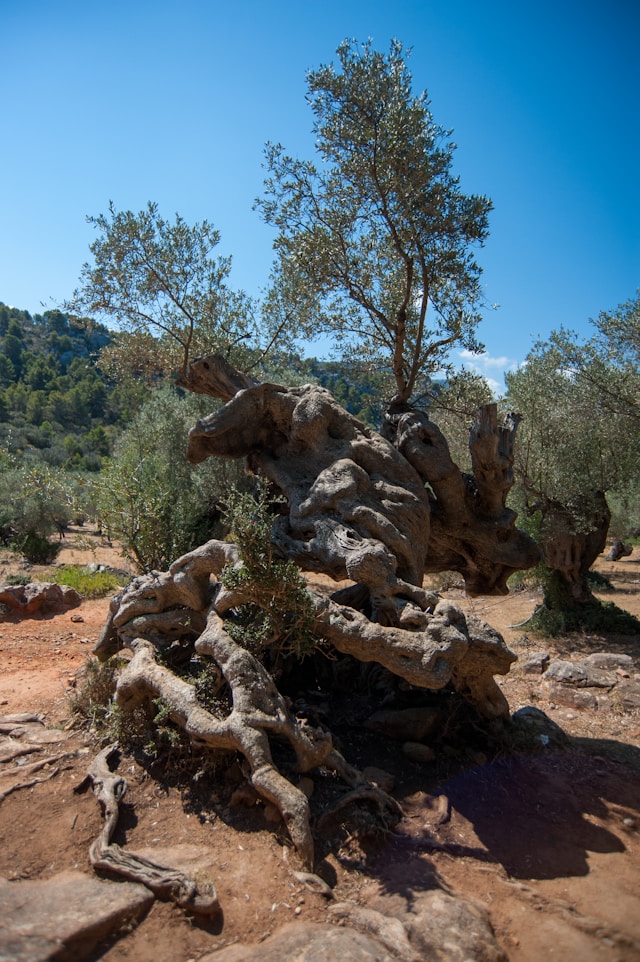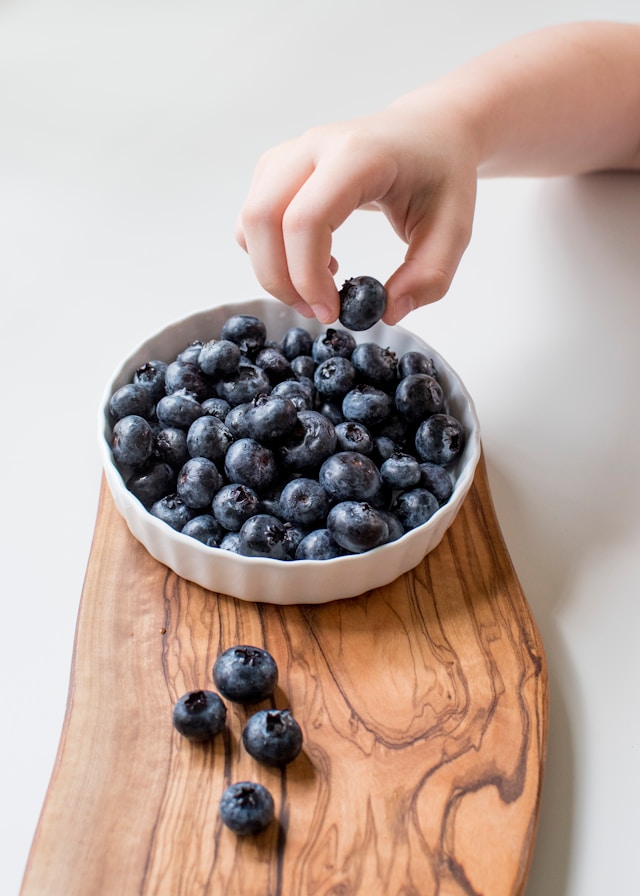Address
Sakiet Ezzit 3021, Sfax, Tunisia
Work Hours
Monday to Friday: 8AM -5PM
Address
Sakiet Ezzit 3021, Sfax, Tunisia
Work Hours
Monday to Friday: 8AM -5PM

Olive wood is renowned for its exceptional beauty, durability, and unique grain patterns. Whether you’re a woodworker, a culinary enthusiast, or someone interested in exquisite home décor, understanding olive wood’s characteristics and care is essential. This comprehensive guide addresses the most frequently asked questions about olive wood, providing expert insights to help you appreciate and maintain this remarkable material.
Olive tree wood comes from the olive tree (Olea europaea), a species native to the Mediterranean region. Renowned for its durability, density, and striking grain patterns, it has been cherished for centuries, serving a wide range of purposes, from crafting religious artifacts to creating functional kitchen tools.

This mediterranean wood’s exceptional versatility and timeless appeal make it ideal for crafting a diverse array of products, cherished for both their functionality and beauty. Some of the most popular uses include:
Olive wood is highly regarded for kitchenware due to several key qualities:
To maintain the longevity of olive hardwood items, proper care is essential:
Yes, this hardwood is safe for food-related use. It is non-toxic, non-reactive, and does not release harmful substances when exposed to high temperatures, making it perfect for cooking utensils and serving dishes.


The dense, smooth grains of this wood not only highlight its beauty but also enhance its natural antibacterial qualities. Combined with its resistance to odors and stains, this makes it an excellent choice for kitchen use.
Yes, olive tree wood tends to be more expensive than many other types of wood, and several factors contribute to its higher cost:
Although it is known for its durability, it may develop micro-cracks if not properly maintained. With proper care, including regular conditioning with the right oils, it helps retain moisture, preventing drying and cracking. This ensures its longevity, and with the right attention, it can last a lifetime.
It’s hardness and density make it perfect for utensils, bowls, and serving trays. However, when used for cutting boards, some experts recommend caution, as its firmness can be harder on knife edges, potentially causing them to dull faster than with softer woods.
With regular use and exposure, this mediterranean wood naturally deepens in color, developing a rich, warm tone that highlights its unique grain patterns and enhances its overall beauty. To preserve this aesthetic, consistent maintenance—such as gentle cleaning, conditioning with food-safe oils, and avoiding prolonged exposure to moisture—helps maintain its elegance and ensures it remains in excellent condition for years to come.
Ethical producers source olive tree hardwood from non-productive trees, ensuring that the harvesting process has minimal environmental impact. This sustainable practice not only protects the ecosystem but also supports the artisans who skillfully craft olive wood products, promoting both environmental and economic sustainability.
This premium wood stands out due to its:
This noble wood has been used to create numerous iconic and everyday products:
Using mediterranean wood contributes to sustainable practices:
With proper care, olive tree wood products can last a lifetime. Regular oiling, gentle cleaning (no dishwasher), and avoiding extreme conditions will ensure that the wood remains functional and beautiful for decades.
In conclusion, this noble mediterranean wood is a highly valued material known for its durability, natural beauty, and sustainability. Its unique properties, such as its hardness, antibacterial qualities, and aesthetic appeal, make it an excellent choice for kitchenware and decorative items. While it requires proper care to maintain its appearance and longevity, it can last a lifetime when treated with the right attention. Ethically sourced from non-productive trees, it supports sustainable practices that benefit both the environment and the artisans who craft these exquisite products. We hope this FAQ has helped answer your questions about this noble wood.